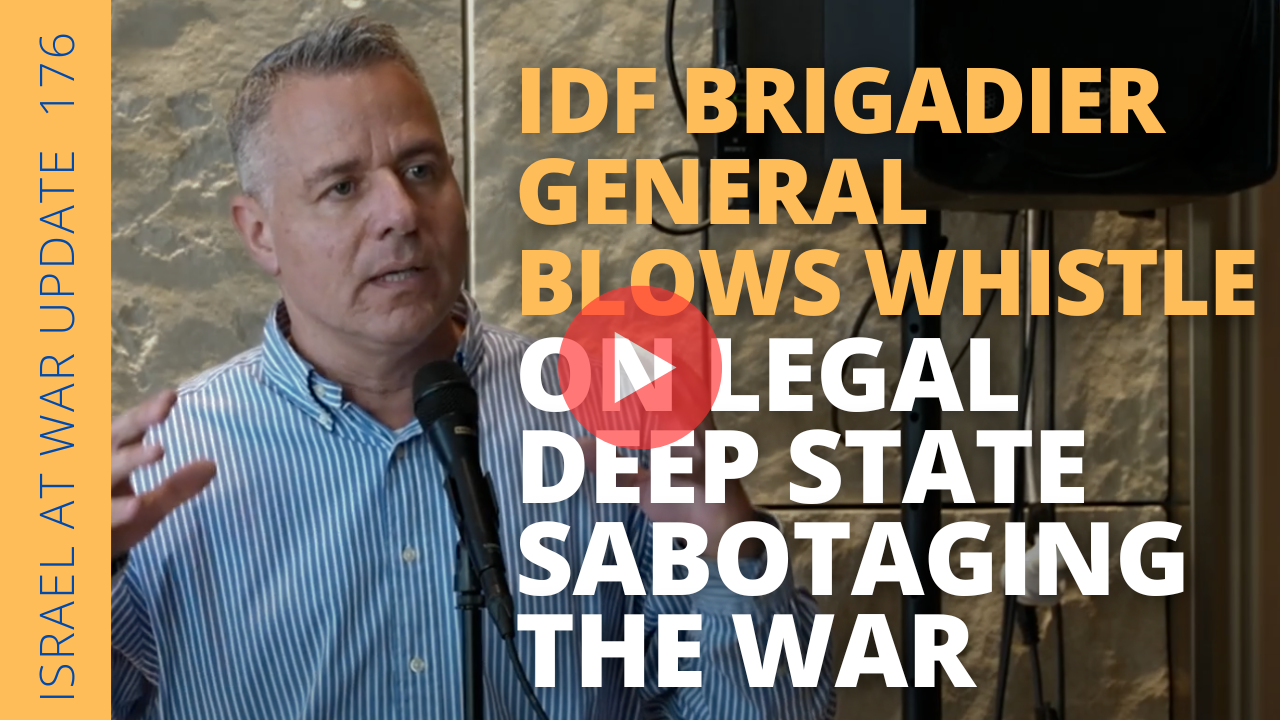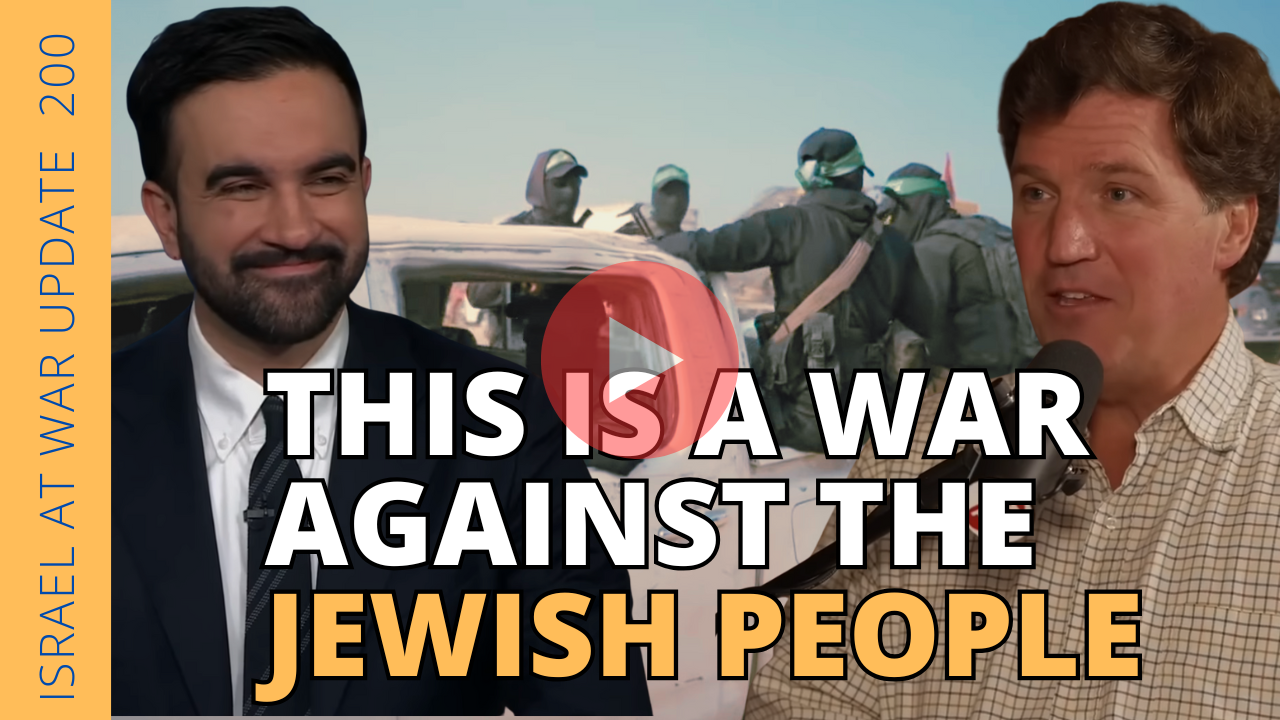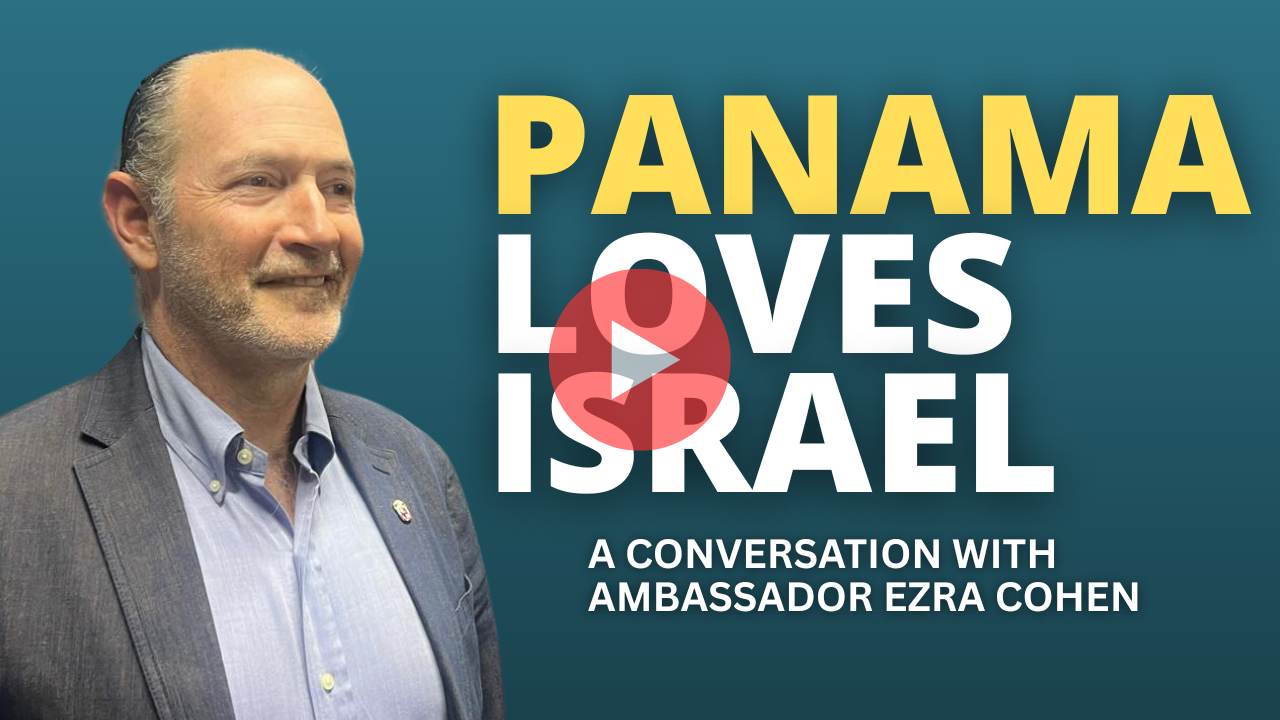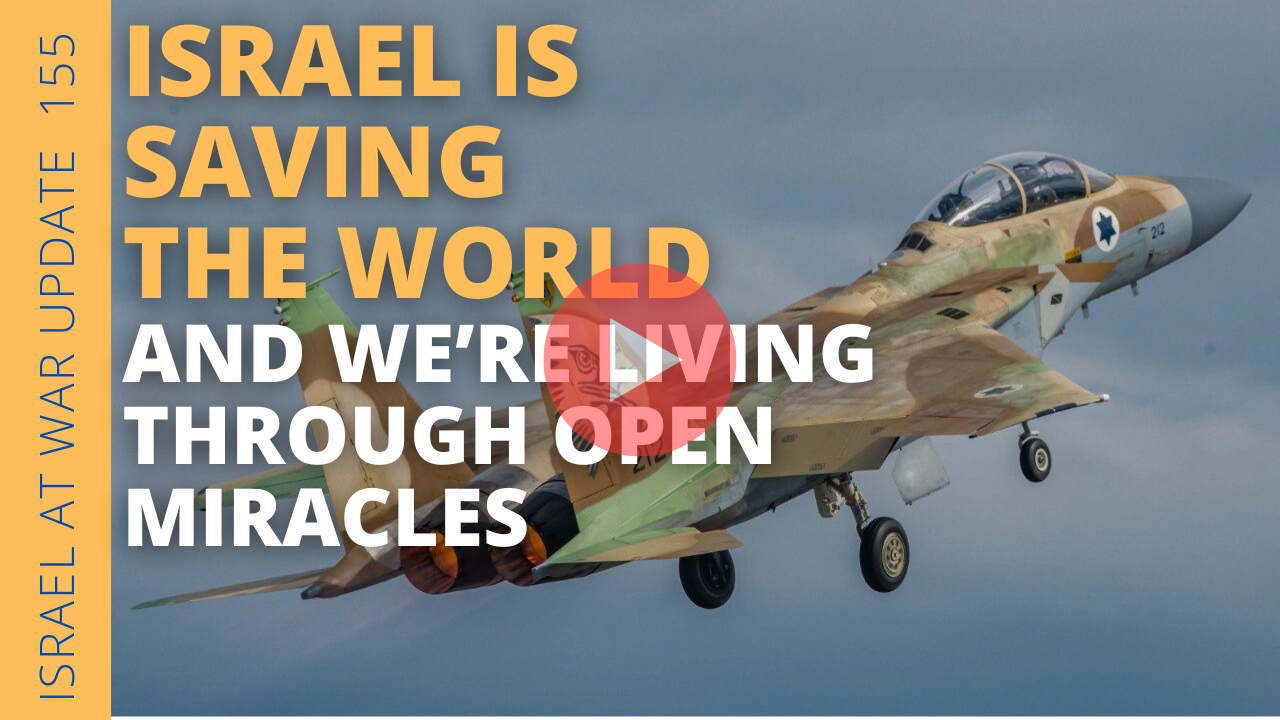After Hamas killed an IDF soldier yesterday, Israel’s government gave the IDF instructions to hit targets across the Gaza Strip.
After a series of intense airstrikes supported by the Trump administration, the ceasefire went back into effect at 10am this morning.
The IDF spokesman’s statement reads: “In accordance with the directives of the political echelon, and after a series of significant attacks in which dozens of terrorist and terrorist targets were attacked, the IDF began renewed enforcement of the agreement after its violation by the terrorist organization Hamas.
“As part of the attacks, the IDF and the Shin Bet, led by the Southern Command, attacked more than 30 terrorists at the command levels of the terrorist organizations operating in the Gaza Strip. The IDF will continue to enforce the agreement and will respond forcefully to any violation.”
If all of this seems odd, it should. A ceasefire means no fighting, but there have been ongoing violations over the last few days with surprise attacks led by Hamas, as well as Hamas not returning hostage bodies. So what’s really going on?
The Trump administration always had two approaches to the ceasefire. The first approach was some grand deal or bargain between all the Middle East players that would essentially have Gaza run by some consortium. This approach is supported by the UAE, and Saudi Arabia. The second approach is the one signed in Sharm El Sheikh between the US, Egypt, Turkey, and Qatar. This approach would see some sort of international group somehow disarm Hamas. The problem is that no one really wants to do it. More than that, though, is the first group of countries - namely, those in the Abraham Accords have already objected to any Turkish troops in Gaza. Given this was the main objective of the Qatari-Turkish alliance in agreeing to push Hamas to release the live hostages, the “peace” deal as it was presented may no longer be relevant.
So, without an active ISF and Hamas not incentivized to disarm, Gaza is fast being split into two zones of control. The Western part, which remains a Hamas-controlled area totaling 47% of the Gaza Strip, will be a Turkey-Qatar-backed Muslim Brotherhood enclave. The Eastern part, in which 53% is already under full Israeli control, will be a Saudi-UAE-funded Abraham Accords member in some form or another.
Journalists like Amit Segal from Channel 12 have pushed this idea. However, the point that is not stressed is that this dichotomy is not coming from either the Trump administration or Netanyahu’s government, but rather the infighting in the Arab world. The fight between the Muslim Brotherhood countries led by Qatar and Turkey against the more Western-leaning states like the UAE, Saudi Arabia, and Bahrain is what is leading to a real freeze going into phase two of he deal.
Trump’s game plan has always been to build a “New Middle East” based on transactional relationships. Ironically, this may not be the kind of peace he claims to have ushered in, but in the real Middle East, it may work. Most Israelis will be satisfied knowing that a sort of permanent control over 53% of Gaza is in the works, preventing a repeat of October 7th. Saudi Arabia and the UAE can claim they prevented a complete Israeli reoccupation and at the same time also claim they have prevented their arch enemies, the Qataris and Turks, from also completely occupying Gaza. The Qataris can now claim they have traded Hamas for something far more meaningful – US protection. Turkey can claim it is propping up the Hamas enclave short of sending troops.
None of this is ideal and pushes off a final solution for Gaza for some time. True, the question of Jewish resettlement appears to be off the table, but given the fact that the IDF is essentially in control of large parts of Gaza the way it is in Judea and Samaria, one can assume that Jewish residency in some sort of hybrid model boosted economically by the UAE may be plausible as the Eastern part of Gaza is developed.
Trump’s New Middle East may not be peace in our time, nor the way Trump believes it should go, but the ingredients are there for Israel to get through this period of time in complete control of most of its ancestral lands. On the eve of the pullout in 2005, Israel controlled far less of Gaza than it now controls, and none of it was really contiguous the way the area behind the yellow line is today.
After 1967, most Israelis did not envision anywhere close to the just under a million residents that live in Judea and Samaria, but 58 years later, Israelis today are not willing to remove any of them. Stabilizing the Eastern part of Gaza and eventually integrating it into the Western Negev, both economically and eventually politically, will take time, but it will happen if only due to the Arabs’ inability to truly move past the barbarism and sectarianism of their past.

 Whatsapp
Whatsapp




